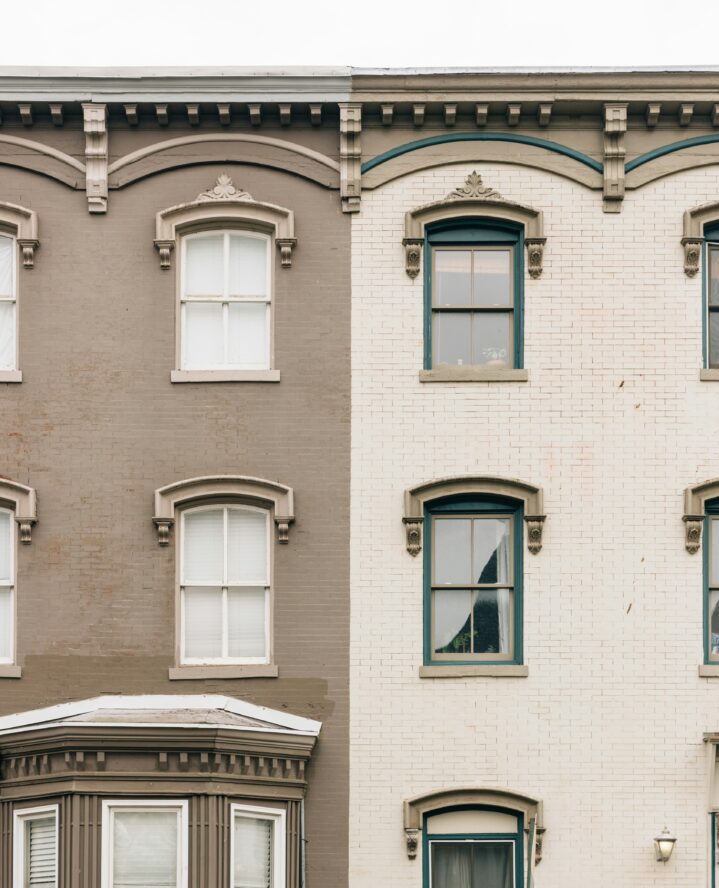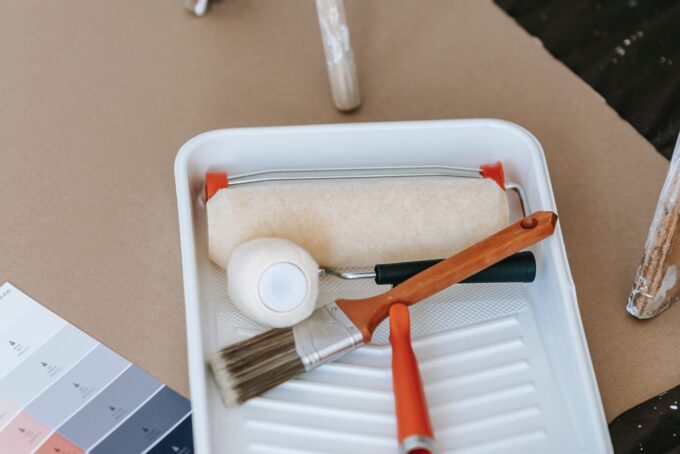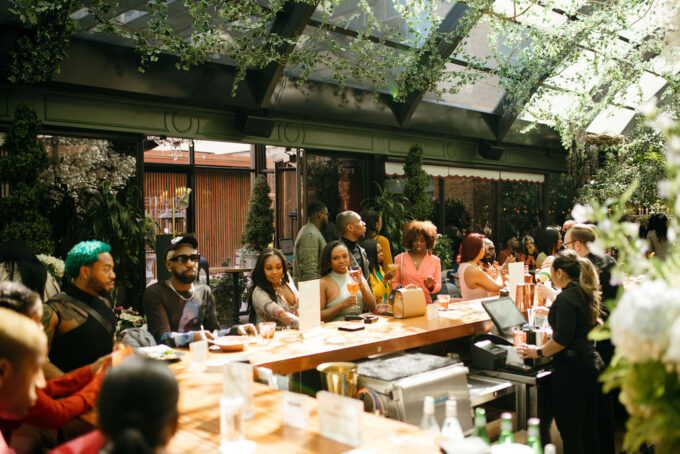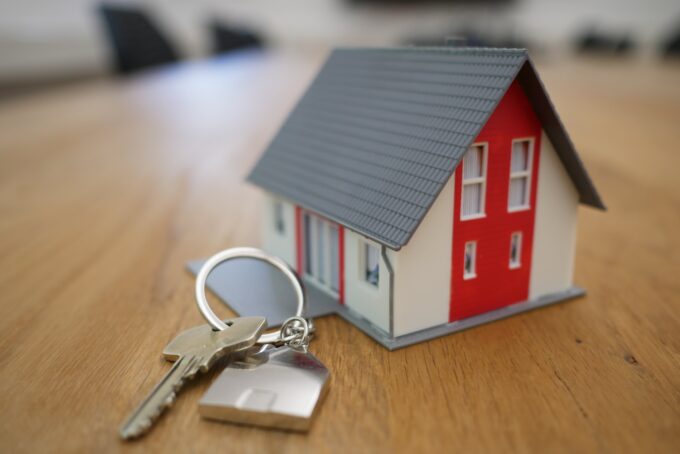In architecture and interior design, the age-old debate between traditional homes and modern homes continues to be the question: which is better? These two distinct styles offer vastly different experiences, catering to the diverse tastes and preferences of homeowners. So, what exactly makes a modern home in comparison to a traditional home?
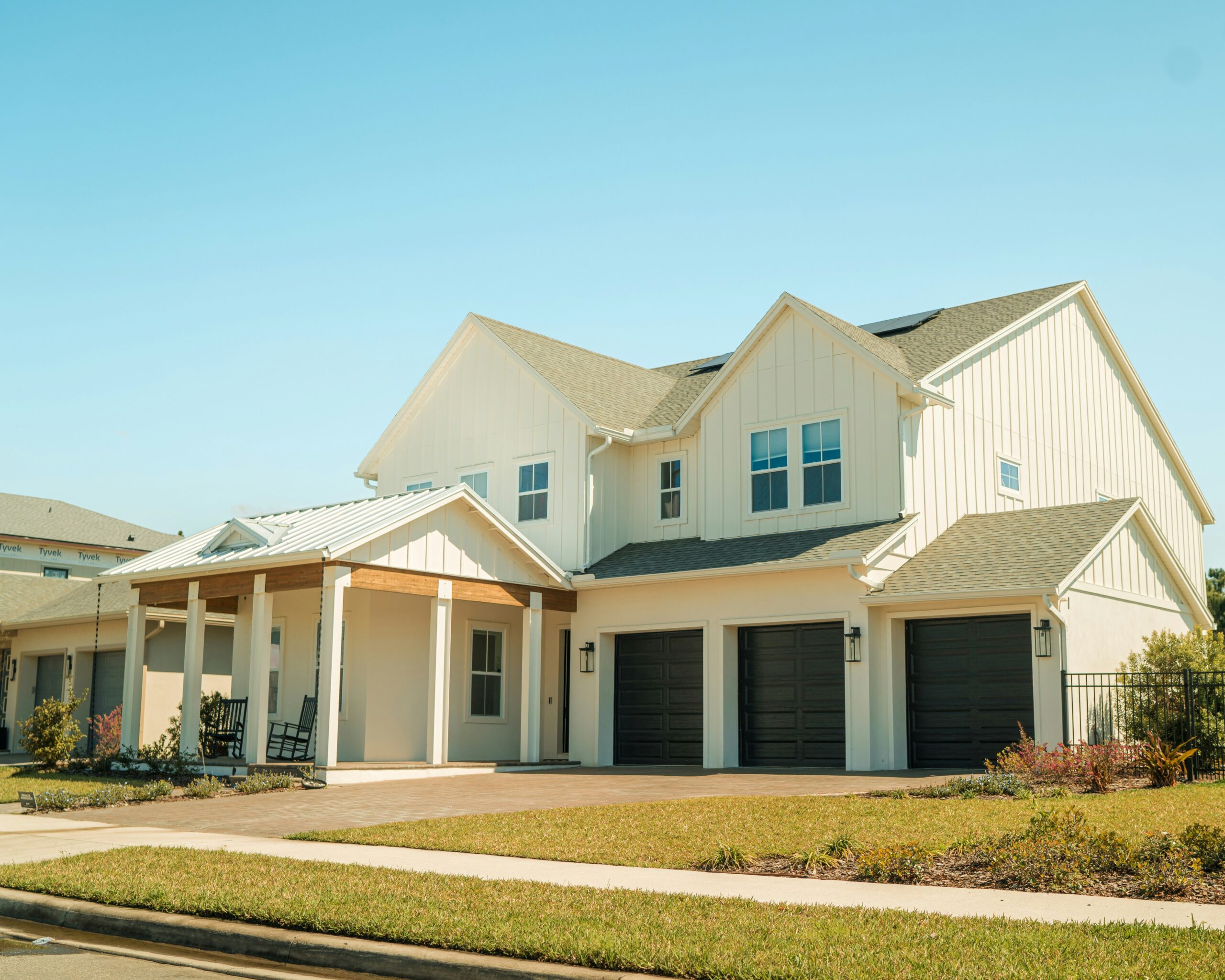
Traditional Homes: A Glimpse Into the Past
Traditional homes are what you might immediately think of when you hear “single-family home.” Here are some of their key characteristics.
Character and Craftsmanship
One of the most defining aspects of traditional homes is their unwavering commitment to craftsmanship. These homes are meticulously constructed with an emphasis on intricate woodwork, ornate moldings, and handcrafted finishes. Every corner of a traditional home tells a story of dedication to detail.
Architectural Details
Traditional homes typically have architectural details that transport us to a different era. Gabled roofs, dormer windows, and inviting front porches are just a few of the charming features that grace these homes. These architectural nuances add character while also contributing to the curb appeal, making a traditional home a timeless and eye-catching presence in any neighborhood.
Materials: A Testament to Tradition
Traditional homes are often built using materials that are classic and durable, such as wood. Oak, pine, and cedar are favorites for their durability and timeless beauty. The use of natural stone, such as limestone or granite, for exterior cladding adds to the classic appeal of these homes. In addition to wood and stone, traditional homes may feature ornamental metalwork, such as wrought iron railings and decorative hinges, further enhancing their architectural character.
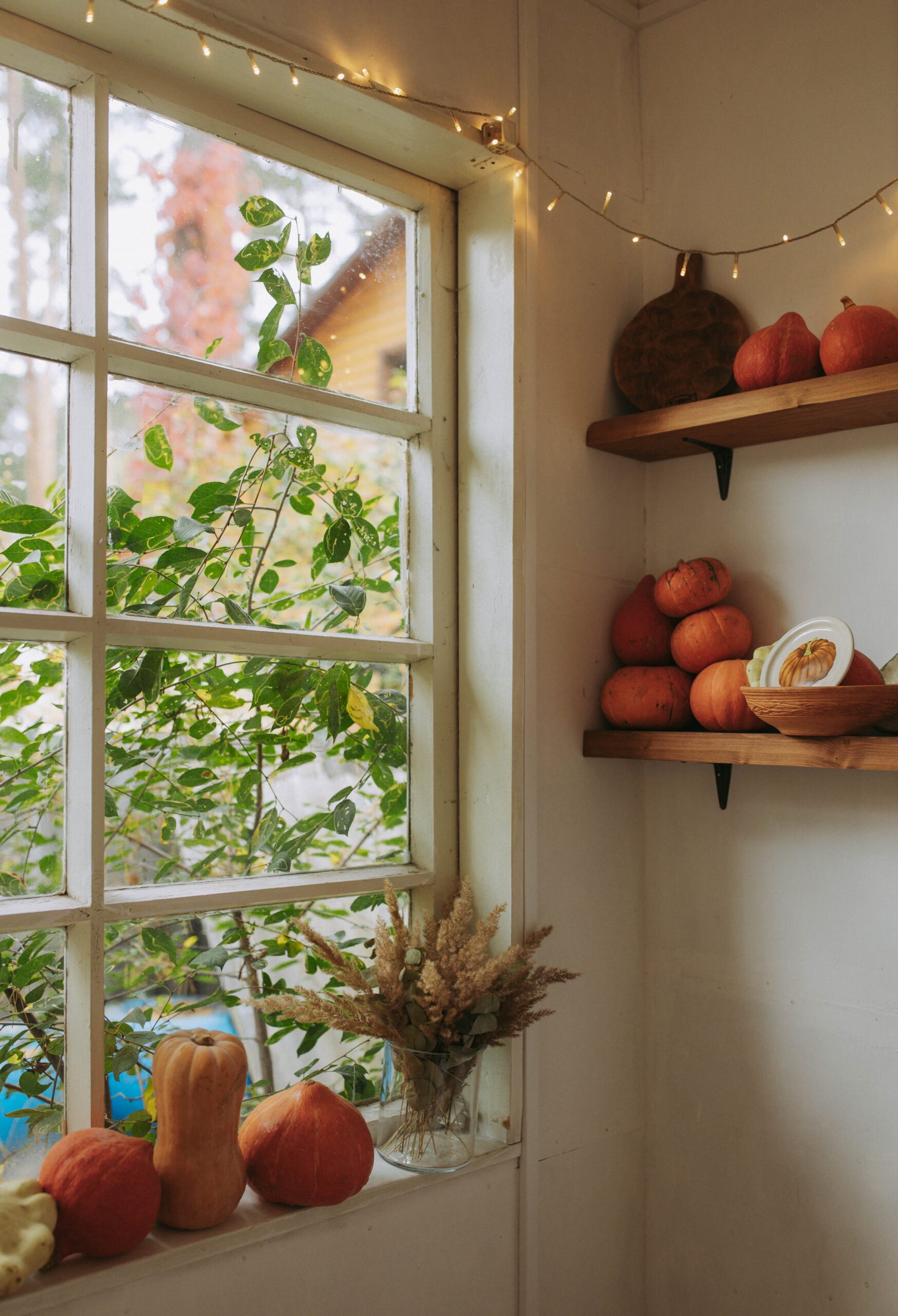
Cozy Interiors
Step inside a traditional home, and you are greeted with interiors that are the gold standard of coziness and hospitality. These homes are often compartmentalized into various rooms, each serving a distinct purpose. Formal living rooms, elegant dining areas, and cozy libraries are common in traditional homes, creating spaces that are perfect for intimate gatherings and entertaining guests.
Modern Homes: Embracing the Future
In stark contrast to their traditional counterparts, modern homes are a bold leap into the future. They embrace minimalism, clean lines, and innovative technology, creating an environment that is both refreshing and contemporary.
Sleek Design
Modern homes are renowned for their sleek and uncluttered design. They prioritize open spaces, large windows that flood rooms with natural light, and a seamless transition between indoor and outdoor areas. Simplicity and functionality are the guiding principles behind the modern design aesthetic, resulting in homes that are usually visually stunning and also highly practical.

Innovative Materials
When it comes to building materials, modern homes are at the forefront of innovation. Materials such as steel, concrete, and glass take center stage in the construction of modern homes. These materials not only offer aesthetic appeal but also bring durability and sustainability to the forefront, aligning with the eco-conscious sensibilities of today’s homeowners.
Smart Home Integration
Perhaps one of the most interesting aspects of modern living is the integration of smart home technology. From voice-controlled lighting and climate systems to advanced security measures, modern homes are equipped with cutting-edge gadgets that enhance convenience, security, and energy efficiency, whereas in traditional homes, you likely have to install this technology a la carte. This level of integration is a testament to the forward-thinking nature of modern home design.
Choosing Your Style: Traditional vs. Modern
The question remains: Which style is the right fit for you? The answer lies in your individual taste, lifestyle, and priorities. Traditional homes offer a sense of history, character, and a deep connection to the past. They appeal to those who cherish craftsmanship and value the charm of antique architectural details.
On the other hand, modern homes cater to individuals who yearn for innovation, simplicity, and cutting-edge technology. These homes are designed to complement a fast-paced, contemporary lifestyle and often feature open spaces that encourage a sense of freedom and movement.
popular posts
- 1It’s Black Business Month, So Let’s Go Shopping and #BuyBlack!
- 2These Home Decor Items Will Instantly Make Your Space Look Outdated
- 3Black-Owned Home Decor Stores To Support Across the United States
- 4A Look Inside Elon Musk's Tiny $50,000 House
- 57 Black and Multicultural Designers To Follow For Design Inspo
Home

These 5 Kitchen Tools Will Up Your Culinary Experience
by Arielle Clay | January 19, 2023

I’ll Drink To That! Host a Black-Owned Wine & Spirit Tasting At Home
by Arielle Clay | January 20, 2023
Spaces
Whether it’s luxury or ease, every area of your home should be as fabulous and unique as you.
FOLLOW ALONG ON INSTAGRAM
#homeandtexture
Find us on social for more home inspiration where culture, personal style, and sophisticated shopping intersect to help you create a home where you love to live.
